How Ukrainians saved citizens of other countries
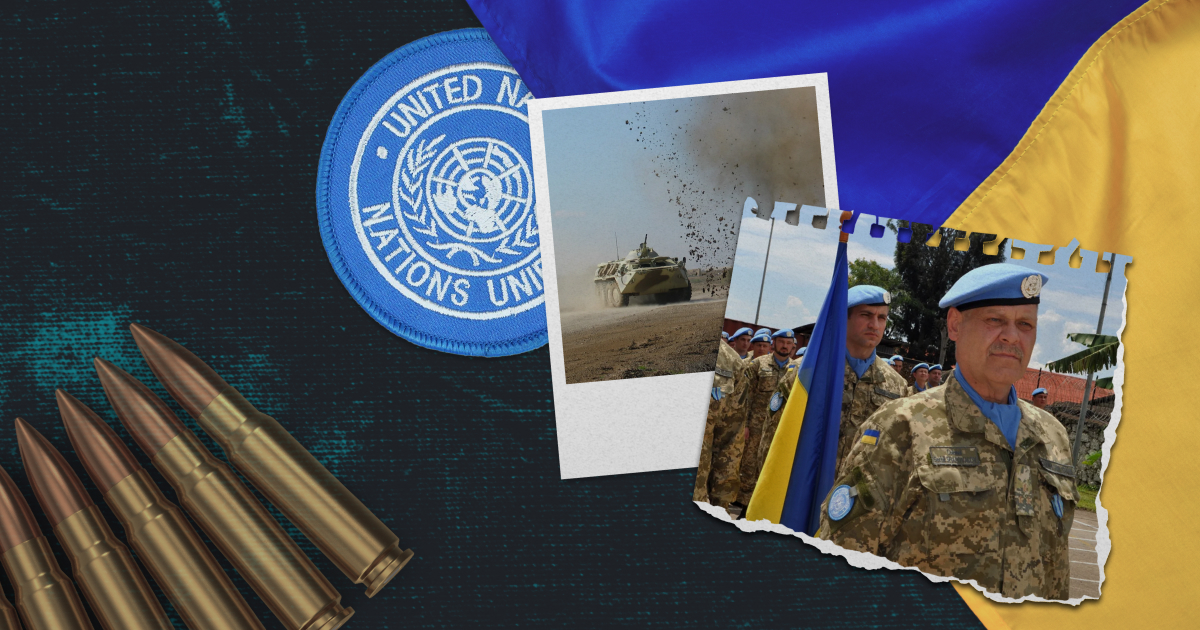
On June 6, 2023, Russians blew up the Kakhovka HPP, causing a humanitarian and environmental disaster. Ukrainians — both skilled professionals and ordinary people - went to the Kherson region to help the locals. At the same time, Ukraine expected international specialised organisations and countries to help, as Ukraine has been participating in peacekeeping missions of the UN, NATO and other international organisations since 1992.
There have been about 25 military operations of this kind; 44,00 Ukrainian soldiers have been involved in them, 55 of whom have been killed. Most missions have already ended, and some have lasted until the full-scale invasion.
Svidomi tells about the most notable peacekeeping and humanitarian missions the Ukrainians have undertaken, having saved many lives.
Balkans, 1995
During the Balkan wars, the Ukrainian military was part of the United Nations Protection Force (UNPROFOR) and operated in Croatia and Bosnia and Herzegovina. The mission was established in 1992, and in 1995 it was cancelled and restructured into the UN Preventive Deployment Force.
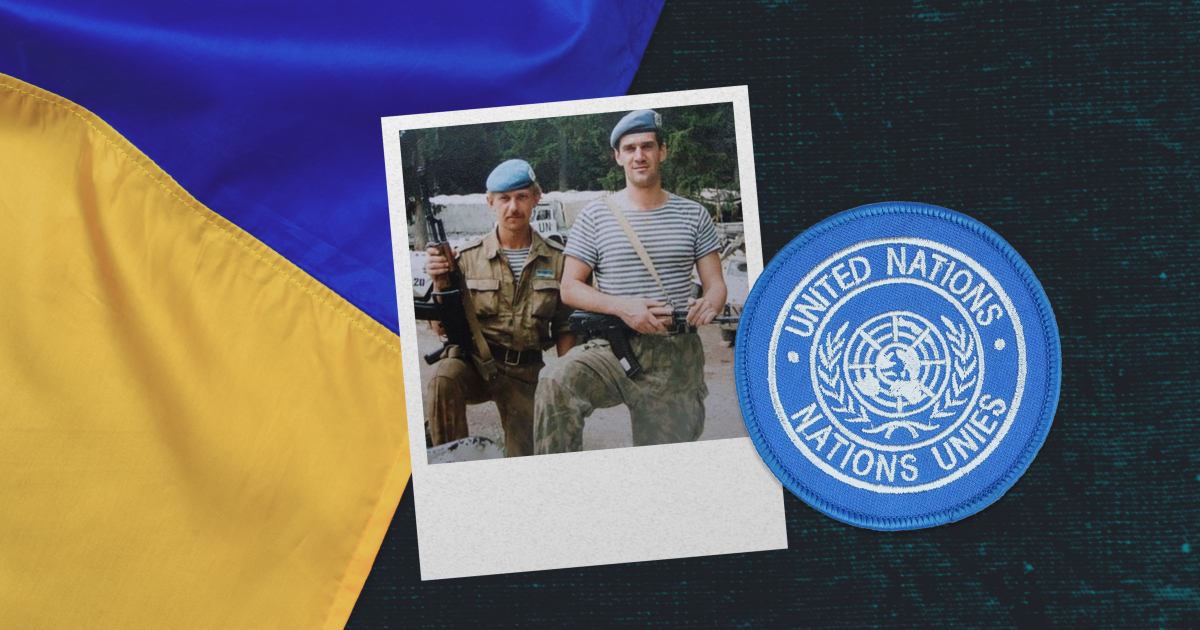
The operation of Ukrainian peacekeepers in Žepa began in May 1995, when 79 Ukrainian peacekeepers on nine armoured personnel carriers guarded the village against Serbian troops surrounding the settlement. Ukrainian soldiers were supposed to monitor the movement of Serbian armed units and inform the peacekeepers' headquarters in Sarajevo about the shelling of the town.
The Ukrainians found themselves in difficult conditions: little food and fuel. Bosnian Serbs staged provocations, shelling the village and putting pressure on the peacekeepers to lay down their arms. At the time, Foreign Ministry spokesperson Volodymyr Yelchenko called on the UN to take the Ukrainians out of the town, as they were virtually being held, hostage. But the peacekeepers' withdrawal could have led to the killing of several thousand civilians.
The rescue of Bosnians in Žepa is considered one of the most successful operations of Ukrainian peacekeepers, as it made it impossible to repeat similar ethnic cleansing that took place in Srebrenica [when Bosnian Serbs killed more than eight thousand Bosnians - ed.]
On July 23, the deputy commander of the Sarajevo sector, Colonel Mykola Verkhohliad, arrived in Žepa. He began negotiating with Serb General Ratko Mladić and the Bosnian military commander to evacuate the civilian population.
Despite massive Serb shelling on July 24, Ukrainian peacekeepers began the evacuation the very next day. Each bus with civilians had at least one Ukrainian peacekeeper on board to ensure people reached their destination. French peacekeepers on armoured personnel carriers also joined the evacuation.
According to official figures, by July 27, almost five thousand people had been evacuated from the city, while the Ukrainian military claimed that the number of evacuees was nearly ten thousand.
Georgia, 1993
In 1990, the Supreme Soviet of the Abkhaz Autonomous Soviet Socialist Republic declared the independence of the Abkhaz SSR. A year earlier, a 30,000-strong Abkhaz assembly had taken place in the region, expressing their desire to secede from Georgia.
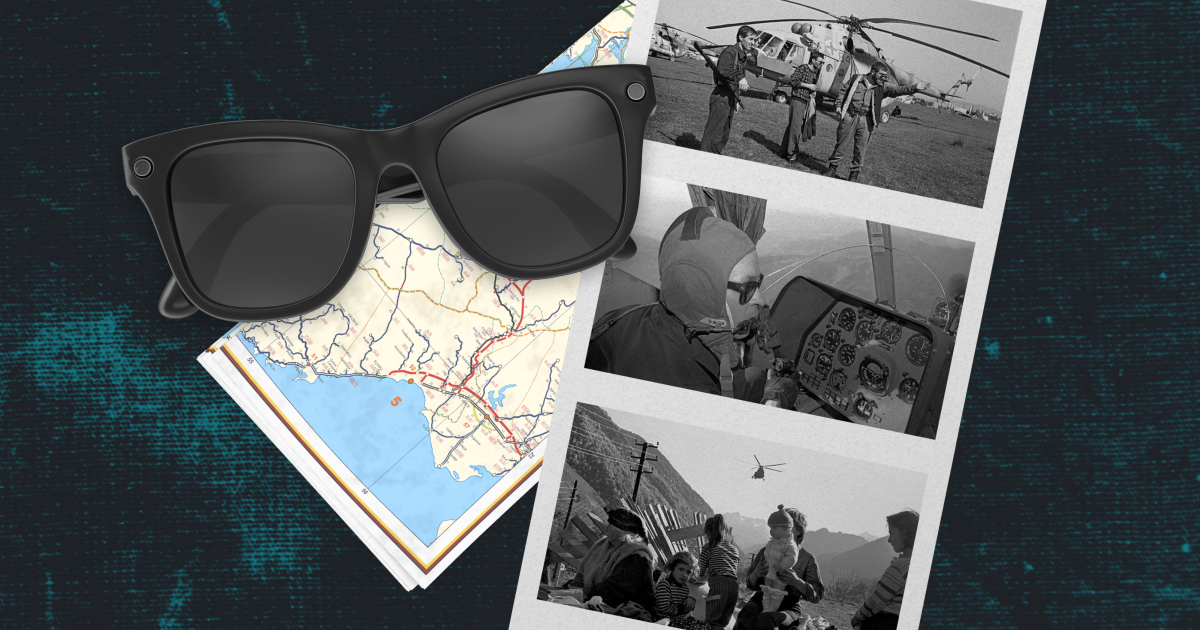
In early 1992, a coup occurred in Georgia, and the then-president, Zviad Gamsachurdia, was overthrown. Eduard Shevardnadze came to power. After that, the Georgia National Guard troops entered Abkhazia under the pretext of fighting Gamsachurdia's supporters.
At the same time, the Georgia parliament announced a return to the 1921 Constitution (after the Bolsheviks occupied Georgia in 1921, they recognised Abkhazia's independence, but in 1931 it became an autonomous region within Georgia). It was perceived in Abkhazia as a revocation of autonomy (although, according to the 1921 constitution, Abkhazia is an autonomous region within Georgia). In response, they announced a return to their 1925 constitution, according to which the region was an independent state.
At that time, the region began to create an "Abkhazian Guard" and massively dismissed Georgians from the security forces operating in the area. In response, Georgia launched a military offensive in August 1992.
In July 1993, the parties agreed to a ceasefire. However, in September 1993, Abkhazian troops seized almost the entire autonomous territory. It led to the emergence of the so-called "independent state of Abkhazia" and ethnic cleansing of the Georgian population in the region (the Georgian population was the majority in Abkhazia, thanks to Lavrenty Beria's policy of settling Georgians in the Abkhaz villages. However, they are different peoples. One of the most significant differences is the language: Abkhazians speak Abkhazian, which belongs to the Abkhaz-Adiz group of Caucasian languages, and Georgians speak Georgian, which belongs to the Kartvelian language family.)
On October 7, the then-presidents of Ukraine and Georgia had a conversation. Eduard Shevardnadze asked for humanitarian support. Apart from Ukraine, he appealed to other countries.
The pilots who took part in the mission recall that they prepared the aircraft overnight. The team went to Georgia immediately, despite a number of permits being required, including a decision by the Ukrainian parliament.
The Ukrainian humanitarian mission to Georgia lasted less than a month, from October 8 to 26, and took place in the mountains of Svaneti. The peacekeeping mission to Georgia was the first one that Ukraine conducted independently, without the support of international organisations.
Ukraine was the only one to respond to the request for assistance. At the end of September 1993, the UN Mission suspended its activities in Georgia, which had begun in August 1993, because Abkhazian troops had violated the ceasefire.
The mission's main task was to rescue the Georgians stranded in Svaneti's mountains and face mass ethnic cleansing. To escape, they tried to cross the mountain passes on their own and reach the central part of the country. However, they got stuck due to the sharp deterioration in weather conditions. Georgian authorities tried to evacuate the people by helicopter, but during one of the attempts, the pilots lost control and crashed into the mountain.
Participants in the operation say that on October 10, seventeen Ukrainian helicopters began the evacuation. On the first day, the Ukrainians rescued 570 people; on the second day, they rescued 2,162. In total, from October 10 to 14, Ukrainian pilots flew 291 sorties despite shelling by Abkhazian militants.
During this time, the peacekeepers rescued 7,643 people and delivered 487 tonnes of humanitarian aid. The operation ended on October 16, 1993, but Ukrainians still provided Georgia with humanitarian aid.
Sierra Leone, 2000-2005
The Republic of Sierra Leone is a country in western Africa. From 1991 to 2002, the country was engaged in a civil war between the central government's forces and the United Revolutionary Front paramilitary group. This conflict was accompanied by war crimes against the civilian population, including murder, rape, and looting.
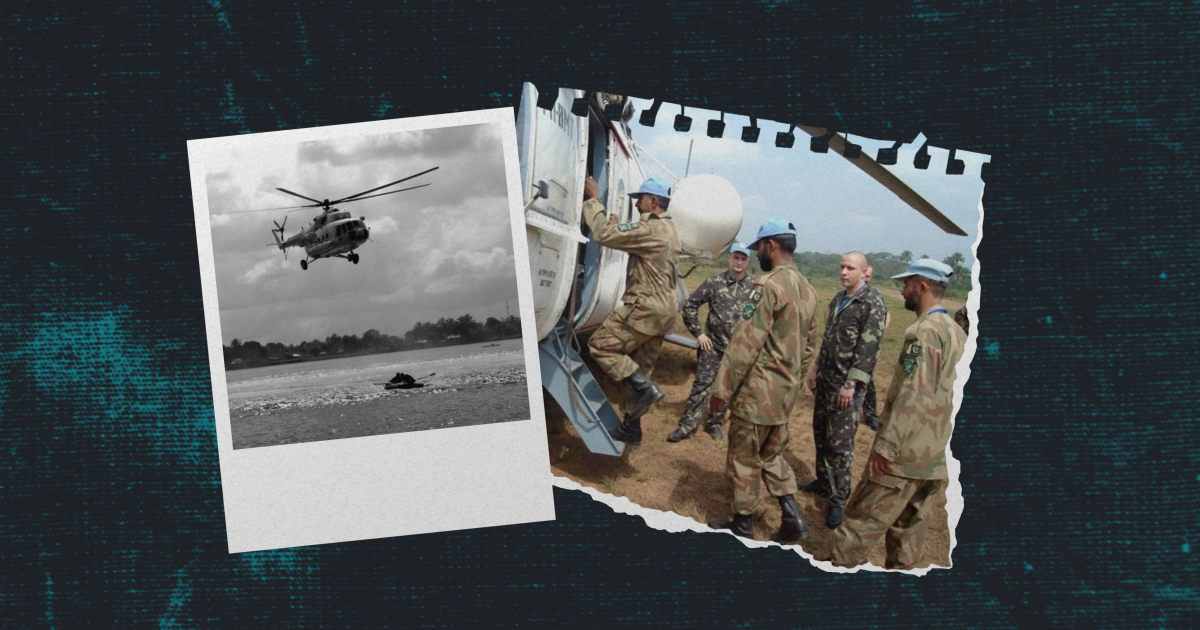
To resolve the situation, the UN introduced a peacekeeping mission that lasted from 1999 to 2006. In 2000, Ukraine joined the operation.
Initially, the Ukrainian 20th separate helicopter detachment, which consisted of 110 people, was stationed in Sierra Leone. Their tasks included cargo transportation, medical transport, evacuation of the wounded and observation flights.
Then the 4th Separate Maintenance and Repair Battalion, which consisted of 530 soldiers, arrived in Sierra Leone. They were engaged in the maintenance and repair of material and technical resources provided by the Armed Forces of Ukraine. The military also escorted humanitarian supplies to Sierra Leone.
Even though the Ukrainian military only provided assistance to the victims of the hostilities, six Ukrainians were killed in this mission. At that time, a Ukrainian MI-8 helicopter crashed into the ocean, killing all those on board.
DIU special operation in Afghanistan, 2021
During this special operation to evacuate Ukrainian citizens, the Directorate of Intelligence of Ukraine officers managed not only to find Ukrainian citizens but also to rescue employees of international organisations and the Afghans at risk.
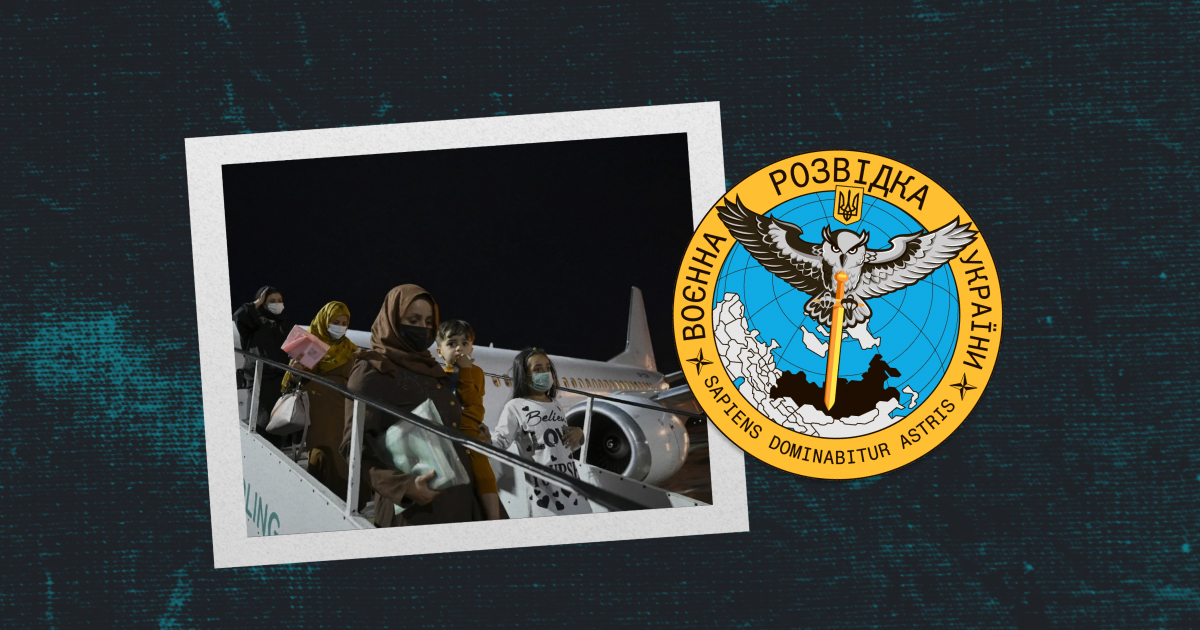
The mission began on September 16 and was the first since US troops left Afghanistan. The Taliban refused to release the people for several days. The militants repeatedly changed the evacuation conditions; in particular, they demanded a written appeal from the Ukrainian government to the Islamic Emirate of Afghanistan. The government could not write such an appeal, as it would mean recognising the Taliban's 'government'.
Nevertheless, the Ukrainian mission continued. At the time, the head of the DIU, Kyrylo Budanov, said: "Most Western countries, in my opinion, will not do something if it is dangerous. We have been living with the war for seven years, so our understanding of what is dangerous is slightly different."
The Ukrainians waited for evacuation while negotiations between the Ukrainian authorities and the Taliban continued. The team of Ukrainian special forces spent four days on a chartered commercial airliner. The operation nearly failed. On the day of the evacuation, security officials at Kabul Airport said that the plane had to take off in 30 minutes without the evacuees. Otherwise, it would be taken over.
Ukrainian officials did not explain how the issue was resolved but referred to the assistance of Turkey, Pakistan, and Qatar (Turkish President Erdogan stated in 2020 that he was "open" to cooperation with the Taliban; according to Human Rights Watch, Pakistan provided military assistance to the Taliban; Qatar mediated negotiations between the US and the Taliban), as well as Wali Monawar, the Ambassador Extraordinary and Plenipotentiary of Afghanistan to Ukraine from the previous Afghan government.
Finally, on the evening of September 23, the plane with Ukrainians and Afghans landed in Kyiv.
In total, since August 16, 2021, Ukrainian planes have evacuated 700 people, including Ukrainians and foreign nationals, including journalists from The Wall Street Journal, Stars and Stripes, USA Today, and some students.
Assistance to Turkey after the earthquake, 2023
On February 6, 2023, a series of large-scale earthquakes hit central and southern Turkey and northern Syria. The magnitude of the first earthquake was 7.7, making it the most powerful since 1939. Scientists compared the force of the earthquakes to the impact equivalent to 500 nuclear bombs.
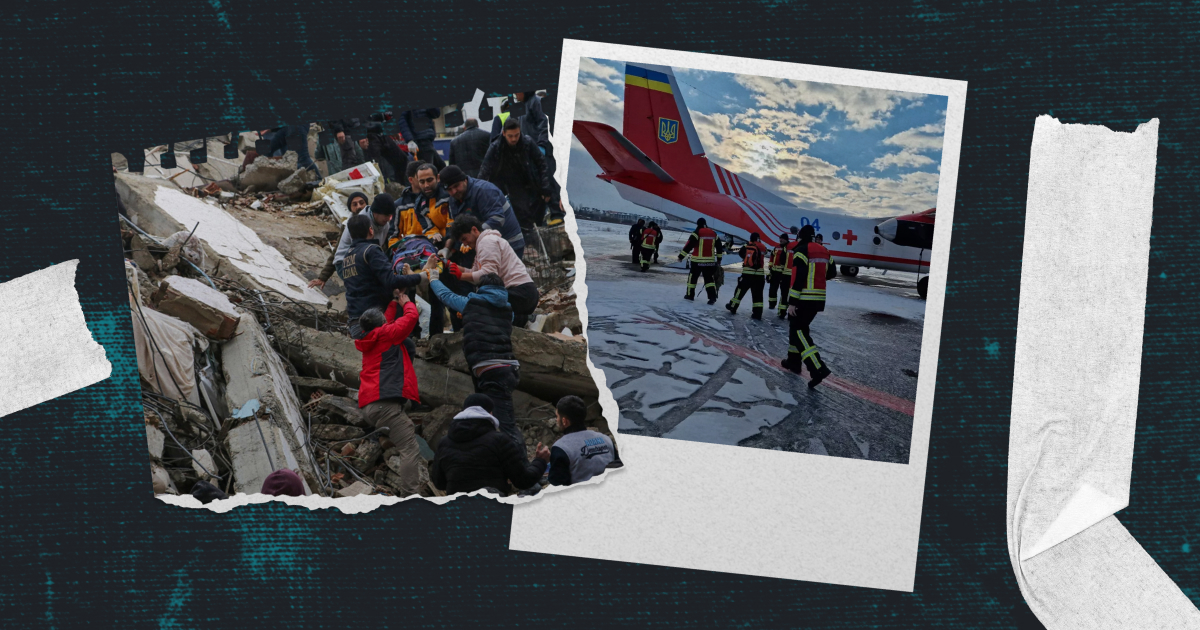
The natural disaster destroyed and damaged more than 160,000 buildings, killed over 50,000 people and injured tens of thousands.
Two days after the earthquake, Ukraine sent a rescue team to Turkey, which included 87 employees of the State Emergency Service, ten search and rescue dogs and 18 pieces of equipment, including Starlink terminals and drones.
Together with France and the United States, Ukraine also donated 101 tonnes of humanitarian aid. France coordinated the operation, a Ukrainian An-124 Ruslan delivered the aid to the Incirlik Air Base, and the US and Turkish military unloaded the aircraft.
Ukraine provided all this assistance, although a full-scale invasion had been underway for a year. Russia fired missiles and attacked Ukrainian cities with drones daily. And Ukrainian rescuers have been dealing with the consequences of these attacks on a daily basis.


